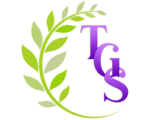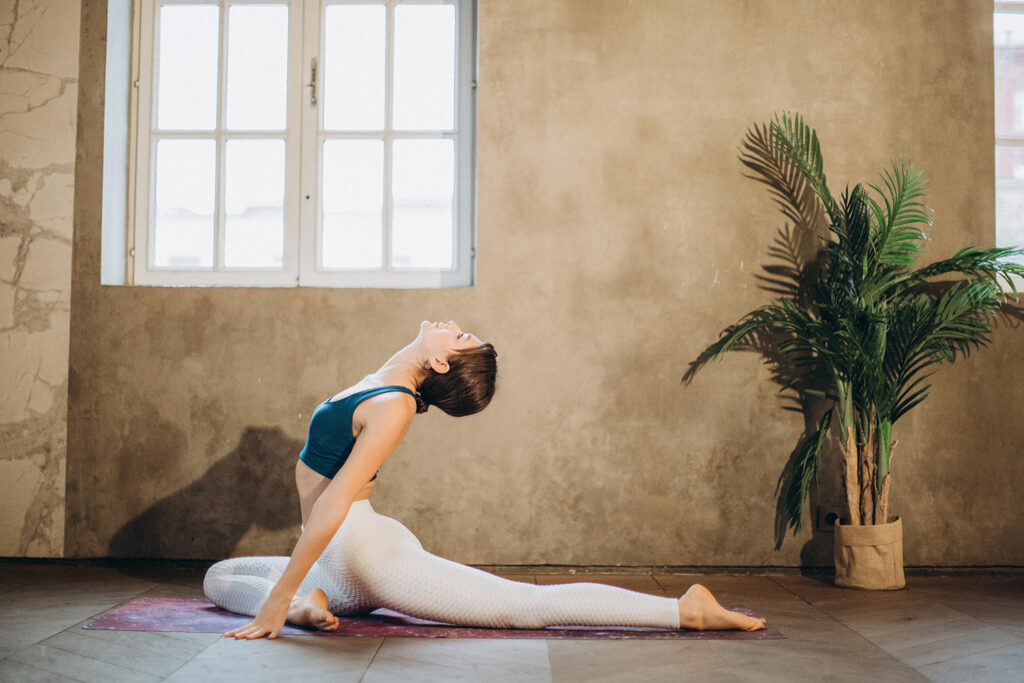Ever wondered why pilates instructors, and dance teachers for that matter, ask you to use specific muscles for certain movements? I know this is something I do a lot, and it’s not just to show I know a bit about anatomy. When performing a back extension, I might get clients to think about lifting from the back of the head and letting the shoulders relax down the back. Or when perfuming a squat, I might cue opening the sit bones on the way down, and squeezing the glutes on the way up.
The reason for this is better performance. In other words, conscious competence. What I want from a client is for them to understand what muscle or muscles need to engage for a specific movement and consciously engage with their body.
Anyone can perform the exercises in a fitness class or dance class, but not everyone can perform them correctly. And this is the reason for developing conscious competence. If you know what movement you need to produce is, and how you need to produce it, you are more likely to produce it correctly and safely. In the context of Pilates, that will then lead to greater mobility or stability dependant on the focus of the exercise.
Consciously engaging with the activity you are doing allows you to get much more value out of it. If you are thinking about what to have for dinner, or who has just messaged you on your phone, you are less likely to progress or improve in what you are doing.
In a learning environment, we tend to go through four phases: unconscious incompetence (we don’t know that we can’t do it), conscious incompetence (we do know that we can’t do it), conscious competence (we have to think about doing it) and unconscious competence (whatever we are doing has become natural, and we no longer have to think).
In a Pilates context I often need people to change a habit in order to improve posture, balance, core stability etc. To do this I need clients to consciously produce movements in order to eventually make them into a new and better habit.
And how long does it take to create a new habit? Well that depends on the client, and whether we need to get rid of an old habit first. In order to break an old habit in favour of a new one, it takes 25-30 thousand repetitions (Buddy Morris). If I want to reach the point of unconscious competence, we’re talking about 500 hours.
So you can see any change to mobility; any change to a motor pattern, takes a long time. Results don’t happen over night. So I will unapologetically keep cueing muscles to use in exercises, even though my clients hear the same thing every lesson. If it means a client consciously engages a muscle, which then allows them to move better, then I have done my job.
So next time you are performing an exercise, or even attending a dance class, have a think about the muscles you need to be moving. If you’re not sure, ask! Here at TGS I’d much rather a client asked how to produce a movement than kept instilling a bad habit.

